
拉压式称重/测力传感器(Tension load cell)
合金钢结构,精度度,稳定性好;
Alloy steel structure, good accuracy and stability;
高度低,钢性好,抗偏载能力强;
Low height, good rigidity and strong ability to resist eccentric load;
坚固耐用,使用寿命100万次以上;
Strong and durable, with a service life of more than 1 million times;
结构多样化,适用于多种测力/称重场合;
Diversified structure, suitable for a variety of force measurement / weighing occasions;
吊钩称、皮带秤、料斗称、料罐;材料力学试验机、劳保安全检测设备等。
Hook scale, belt scale, hopper scale and material tank; Material mechanics testing machine, labor protection safety testing equipment, etc.
型号(Model):WPL301
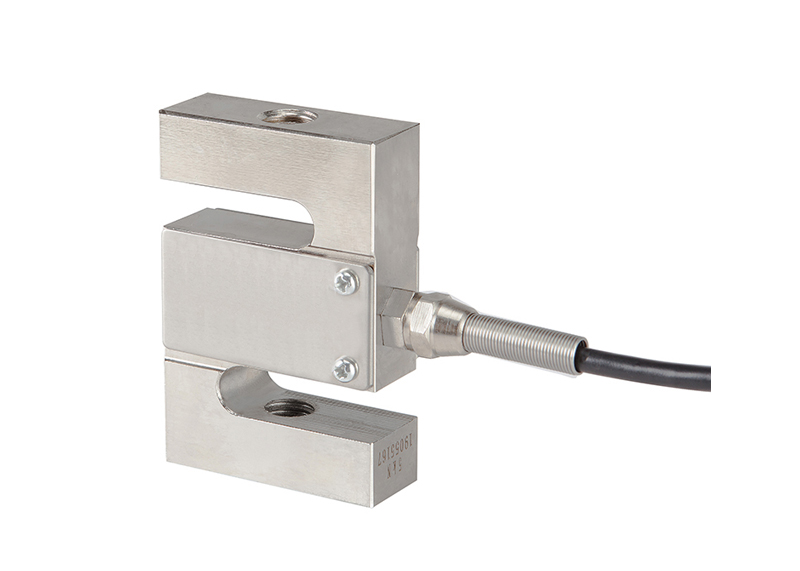
技术参数(technical parameter):
结构尺寸(structure size):
型号(Model):WPL302
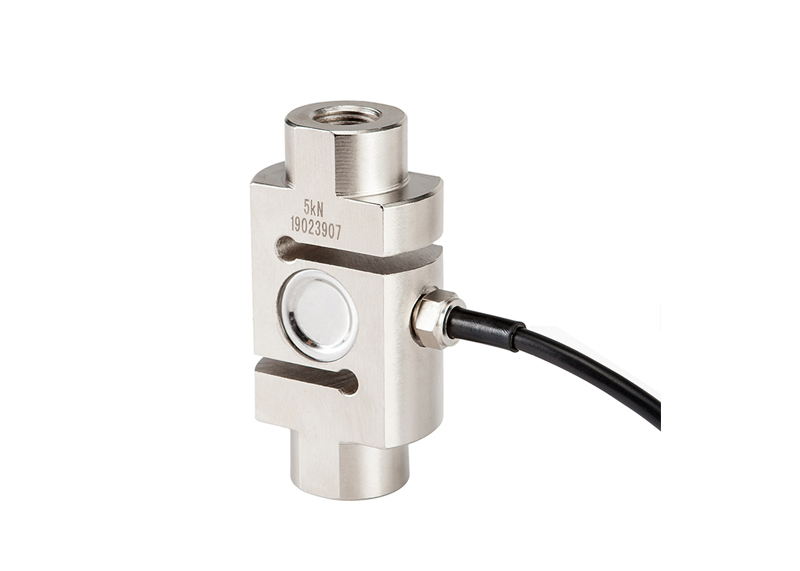
技术参数(technical parameter):
结构尺寸(structure size):
型号(Model):WPL303
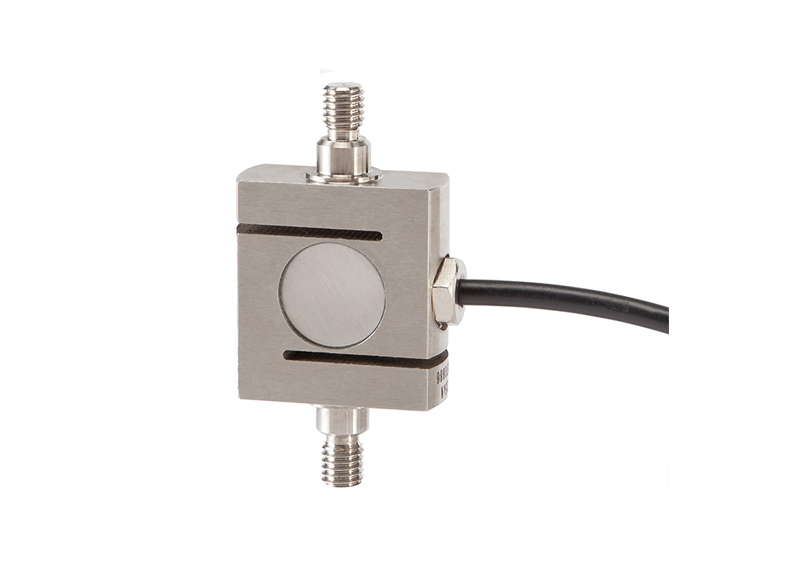
技术参数(technical parameter):
结构尺寸(structure size):
型号(Model):WPL304
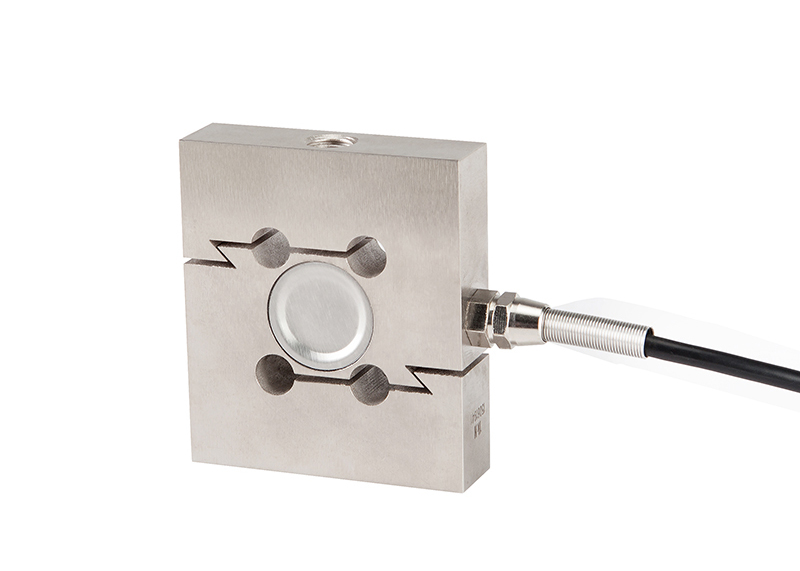
技术参数(technical parameter):
结构尺寸(structure size):
型号(Model):WPL305
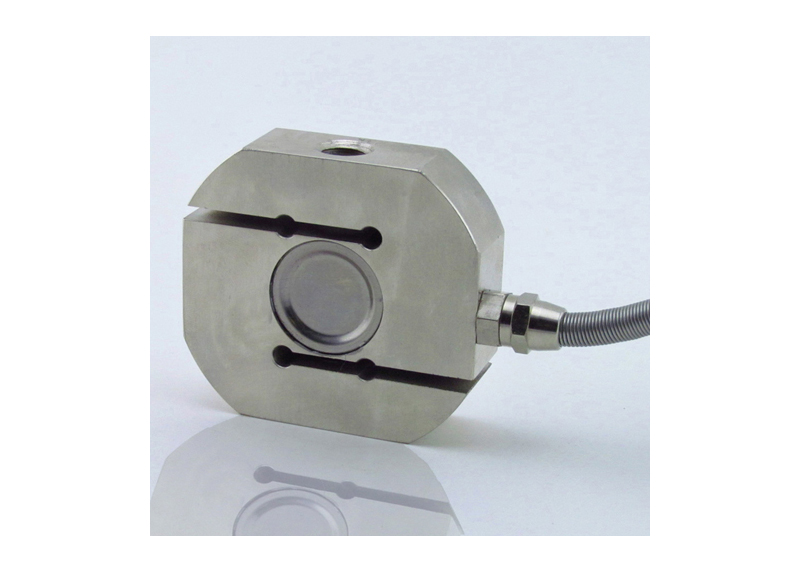
技术参数(technical parameter):
结构尺寸(structure size):
型号(Model):WPL306
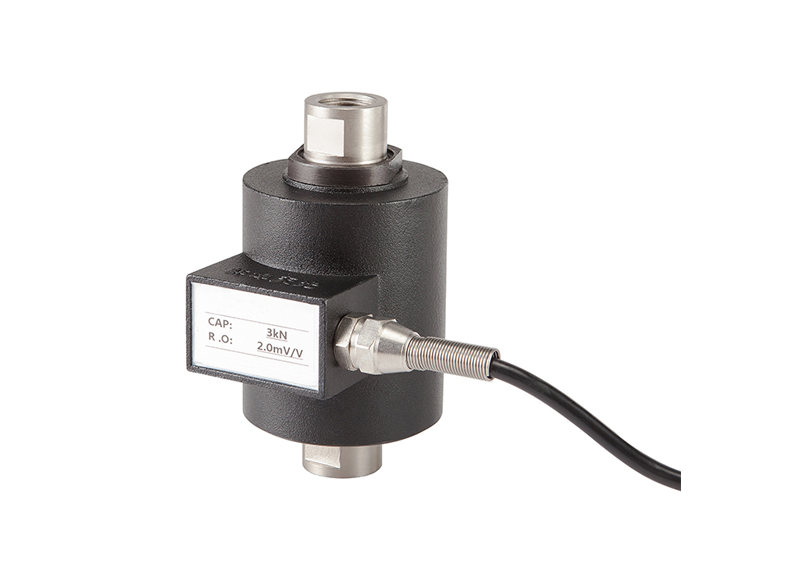
技术参数(technical parameter):
结构尺寸(structure size):
型号(Model):WPL307
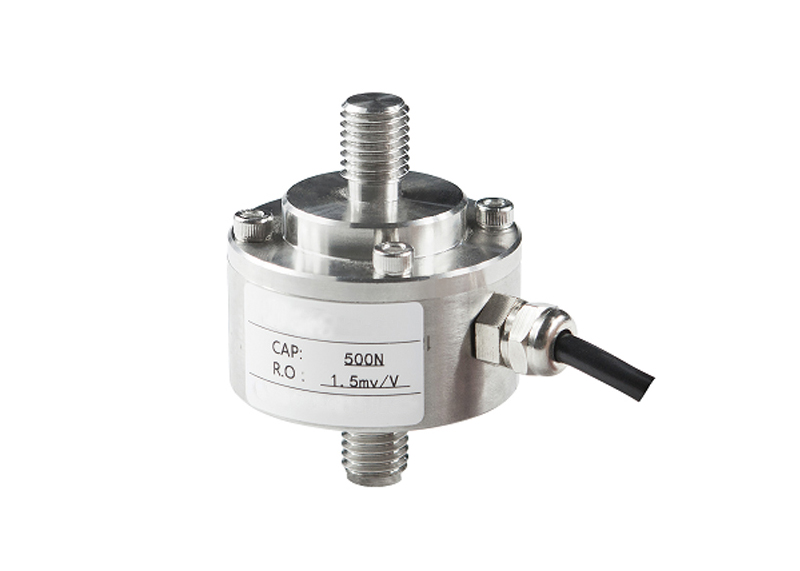
技术参数(technical parameter):
结构尺寸(structure size):
型号(Model):WPL308
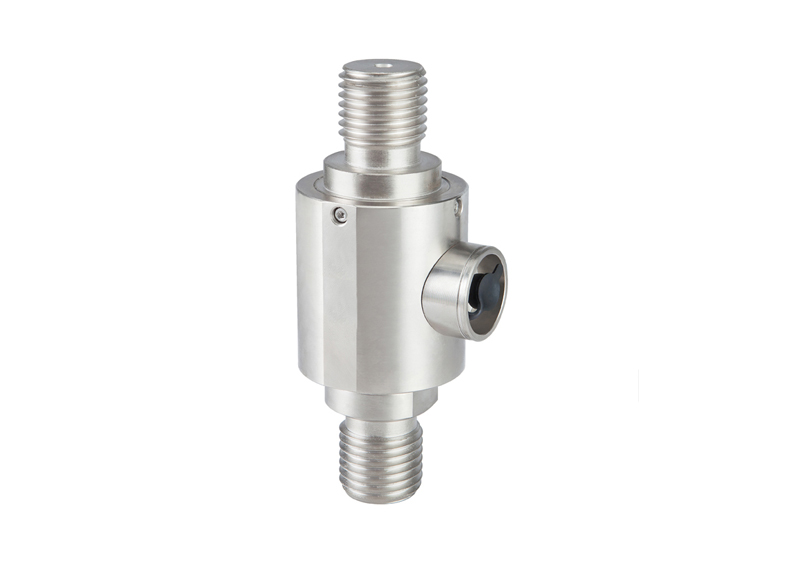
技术参数(technical parameter):
结构尺寸(structure size):
型号(Model):WPL309
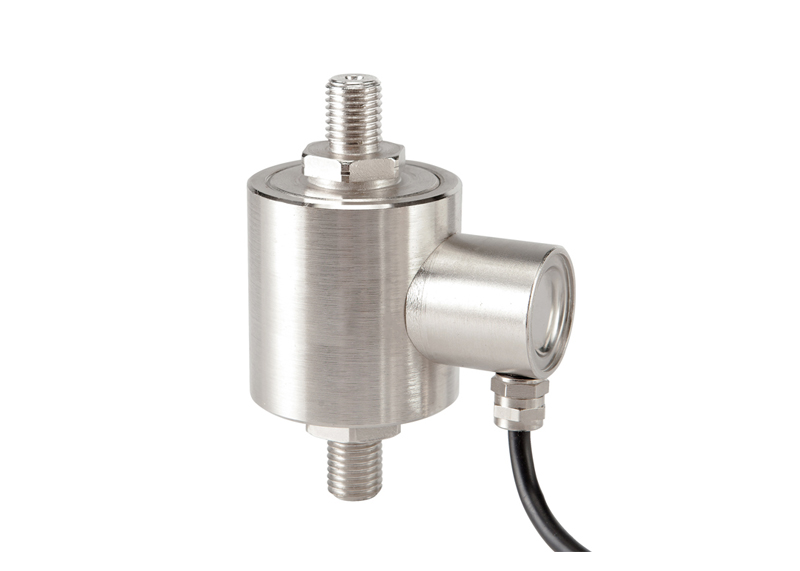
技术参数(technical parameter):
结构尺寸(structure size):
拉压式称重/测力传感器(Tension load cell)
合金钢结构,精度度,稳定性好;
Alloy steel structure, good accuracy and stability;
高度低,钢性好,抗偏载能力强;
Low height, good rigidity and strong ability to resist eccentric load;
坚固耐用,使用寿命100万次以上;
Strong and durable, with a service life of more than 1 million times;
结构多样化,适用于多种测力/称重场合;
Diversified structure, suitable for a variety of force measurement / weighing occasions;
吊钩称、皮带秤、料斗称、料罐;材料力学试验机、劳保安全检测设备等。
Hook scale, belt scale, hopper scale and material tank; Material mechanics testing machine, labor protection safety testing equipment, etc.
型号(Model):WPL301

技术参数(technical parameter):
结构尺寸(structure size):
型号(Model):WPL302

技术参数(technical parameter):
结构尺寸(structure size):
型号(Model):WPL303

技术参数(technical parameter):
结构尺寸(structure size):
型号(Model):WPL304

技术参数(technical parameter):
结构尺寸(structure size):
型号(Model):WPL305

技术参数(technical parameter):
结构尺寸(structure size):
型号(Model):WPL306

技术参数(technical parameter):
结构尺寸(structure size):
型号(Model):WPL307

技术参数(technical parameter):
结构尺寸(structure size):
型号(Model):WPL308

技术参数(technical parameter):
结构尺寸(structure size):
型号(Model):WPL309

技术参数(technical parameter):
结构尺寸(structure size):
Tel:0757-26619568 Fax: 0757-26619508
24-hour online technical support:13790092618
Cloud platform:www.puliangiot.com
Address:501, block 8, phase 5, Rongli tianfulai industrial city, Ronggui town, Shunde District, Foshan City